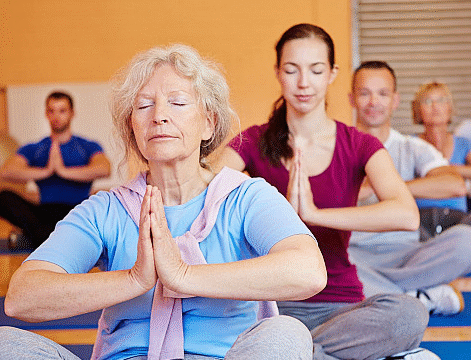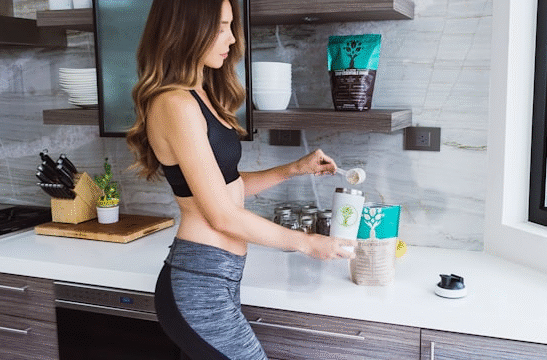Home workouts have become one of the most practical ways for people to stay fit, save money, and exercise with freedom. Many believe that staying active requires a gym membership, but the truth is you can achieve great results right at home. With simple routines, little to no equipment, and consistency, anyone can create a healthier lifestyle without leaving the house. This article will guide you through different aspects of home workouts, including setting up your space, types of exercises, motivation, nutrition, and long-term success strategies.
The Benefits of Home Workouts
Working out at home has many benefits that go beyond saving money. First, convenience is one of the strongest advantages. You can work out anytime, whether early in the morning before work or late at night when the kids are asleep. There’s no need to worry about travel time or gym schedules. Second, privacy makes it easier for beginners to exercise without feeling self-conscious. Many people hesitate to join a gym because they are worried about how they look or whether they are doing exercises correctly. At home, you can practice freely until you gain confidence. Another benefit is flexibility. You can choose routines that match your fitness level and adapt them as you get stronger. Some days you might prefer yoga for relaxation, while other days you may want an intense cardio session. Home workouts make it possible to adjust to your mood and energy.
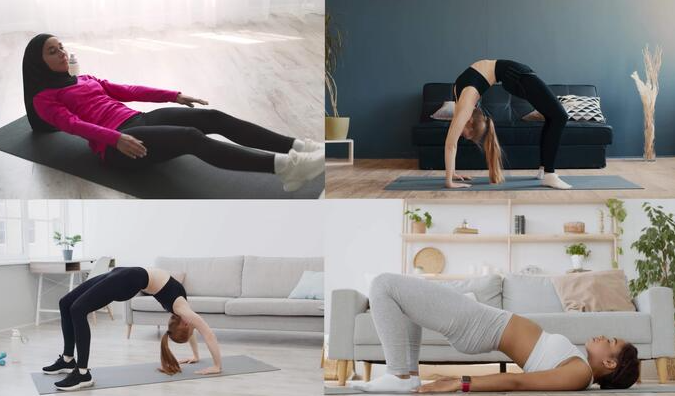
Preparing Your Home Workout Space
The beauty of exercising at home is that you don’t need a lot of space or expensive equipment. A small area in your living room, bedroom, or even backyard can work perfectly. To create a simple workout corner, choose a spot where you can move freely without bumping into furniture. Use a yoga mat or carpet to protect your joints during exercises on the floor. If you want to expand your options, add light equipment such as resistance bands, a pair of dumbbells, or a stability ball. These items don’t take up much room but allow you to increase the intensity of your workouts. Keep a bottle of water nearby and, if you like, play music or follow workout videos for extra motivation.
The Importance of Warming Up
A warm-up is essential before any exercise. It prepares your muscles, increases blood flow, and reduces the risk of injuries. A good warm-up doesn’t need to be complicated. Five to ten minutes of movement is enough to get your body ready. You can start with marching in place or light jogging, then add arm circles, shoulder rolls, and side steps. Dynamic stretches, such as leg swings or torso twists, are also helpful. Skipping the warm-up may save a few minutes, but it often leads to soreness or strains. Making it a regular part of your routine will keep you safe and improve performance.
Full Body Home Workout Routine
A balanced home workout should engage all major muscle groups. Here’s a simple full-body circuit that requires no equipment. Begin with thirty seconds of jumping jacks to raise your heart rate, followed by fifteen bodyweight squats for your legs. Do ten to fifteen push-ups for chest and arms, and then step into lunges with ten repetitions on each leg. To strengthen your core, hold a plank for twenty to thirty seconds and finish with mountain climbers for thirty seconds. Rest for one minute and repeat this circuit three to four times. It is efficient, quick, and covers strength, cardio, and endurance.
Strength Training Without Equipment
Many people believe strength training requires heavy weights, but bodyweight exercises are highly effective. Push-ups build chest, arms, and shoulders. Squats and lunges strengthen the lower body, while glute bridges target the hips and lower back. Triceps dips using a sturdy chair help tone the arms, and wall sits challenge your leg muscles. If you have access to dumbbells or resistance bands, you can expand with exercises like bicep curls, shoulder presses, and bent-over rows. The key is consistency and gradually increasing intensity. For example, start with two sets of ten repetitions and work your way up as you progress.
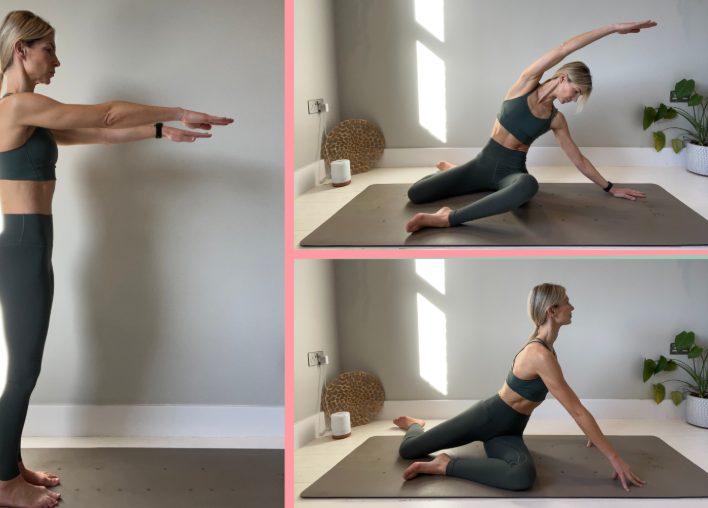
Cardio Workouts You Can Do at Home
Cardio exercise strengthens your heart, improves endurance, and burns calories. The best part is you can do cardio almost anywhere. Jump rope is one of the most effective exercises, but if you don’t have one, pretend skipping still works. High knees, burpees, and step-ups on a sturdy chair are excellent options. Dance workouts are also fun and great for boosting energy. Beginners can start with fifteen minutes of cardio two to three times per week, while those with more experience can aim for thirty to forty-five minutes. Interval training, where you alternate between high and low intensity, is also a great way to get results quickly.
Yoga and Flexibility Training
Flexibility and balance are just as important as strength and endurance. Yoga provides a calm and focused way to stretch your muscles, reduce stress, and improve posture. Beginners can start with simple poses such as downward dog, child’s pose, cat-cow, warrior pose, and seated forward bend. Holding each pose for twenty to thirty seconds helps the muscles release tension. Doing yoga two to three times per week complements other workouts by keeping your body flexible and your mind relaxed. It is also an excellent recovery option on rest days.
A Weekly Home Workout Plan
To stay balanced, create a weekly workout plan that combines strength, cardio, and flexibility. For example, day one can be full-body strength training, day two cardio, day three yoga, day four lower body strength, day five interval cardio, day six upper body strength, and day seven rest or light stretching. This plan ensures all muscle groups are worked while giving your body time to recover. Adjust according to your schedule and fitness level.
Staying Motivated at Home
One of the biggest challenges of home workouts is staying consistent. Without the structure of a gym, it’s easy to skip sessions. To overcome this, set small, realistic goals and track your progress. Use a notebook or app to record workouts and improvements. Following workout videos or using apps adds structure and variety. Having an accountability partner, even virtually, can boost motivation. Rewarding yourself for small achievements, like completing a full week of workouts, keeps the journey enjoyable. Most importantly, remember that progress takes time, so focus on building habits rather than expecting instant results.
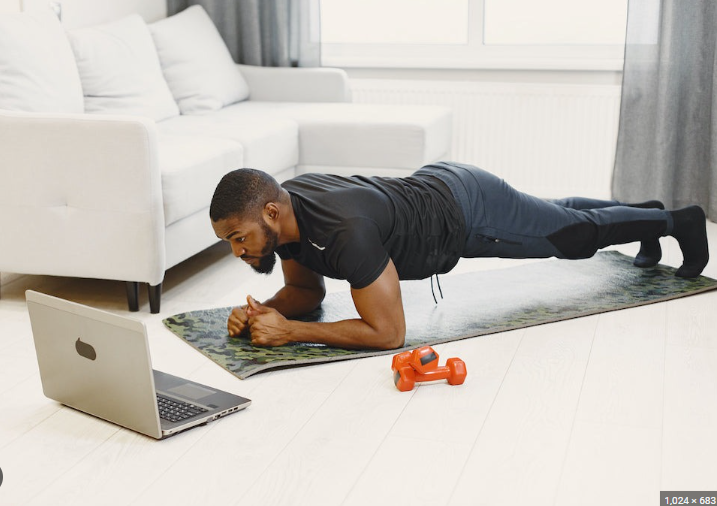
Nutrition and Hydration
Exercise works best when combined with healthy eating. Fuel your body with balanced meals that include lean protein, whole grains, fruits, and vegetables. Avoid skipping meals, especially before workouts. A light snack, such as a banana, yogurt, or a handful of nuts, provides energy. Staying hydrated is equally important. Drink water throughout the day and take sips during workouts to avoid fatigue. Nutrition doesn’t need to be complicated. Small, consistent choices, like adding more vegetables to meals or reducing sugary drinks, make a big difference over time.
Safety Considerations
While home workouts are safe for most people, it is important to listen to your body. Never push through sharp pain, and rest if you feel overly fatigued. Beginners should start slow and focus on proper form rather than speed or heavy intensity. Taking rest days allows muscles to recover and prevents overtraining. If you have health conditions, consult a professional before starting new routines. Safety ensures that your journey remains sustainable and enjoyable.
Mental Health Benefits
Exercising at home doesn’t just improve physical fitness; it also enhances mental well-being. Physical activity releases endorphins, which boost mood and reduce stress. Even short workouts can clear your mind and improve focus. Many people find that home workouts create a sense of accomplishment and control over their day. With regular exercise, you may notice better sleep, increased energy, and more resilience to daily challenges. Combining movement with mindfulness, such as yoga or deep breathing, amplifies these mental benefits.
Building Long-Term Success
The most important ingredient in fitness is consistency. You don’t need to work out for hours every day to see results. Even fifteen to twenty minutes daily can create meaningful changes when practiced regularly. Choose routines that you enjoy, because enjoyment leads to sustainability. Vary your workouts to prevent boredom and challenge different muscles. Track your progress not only through weight or appearance but also in strength, endurance, and how you feel. Over time, home workouts can become a natural and enjoyable part of your lifestyle.

